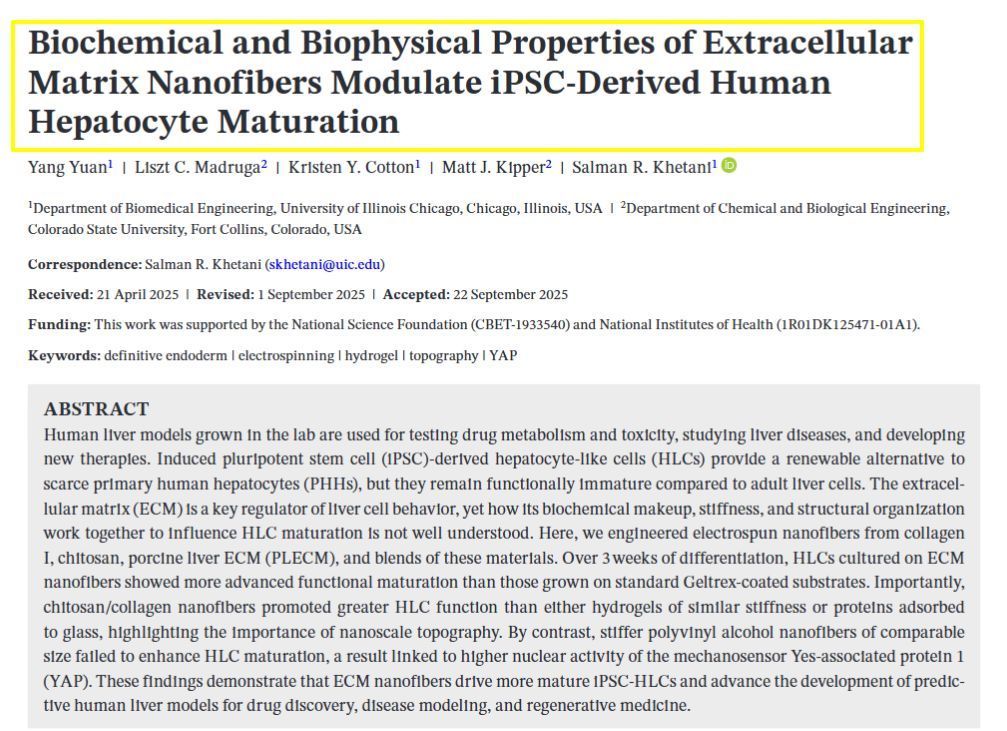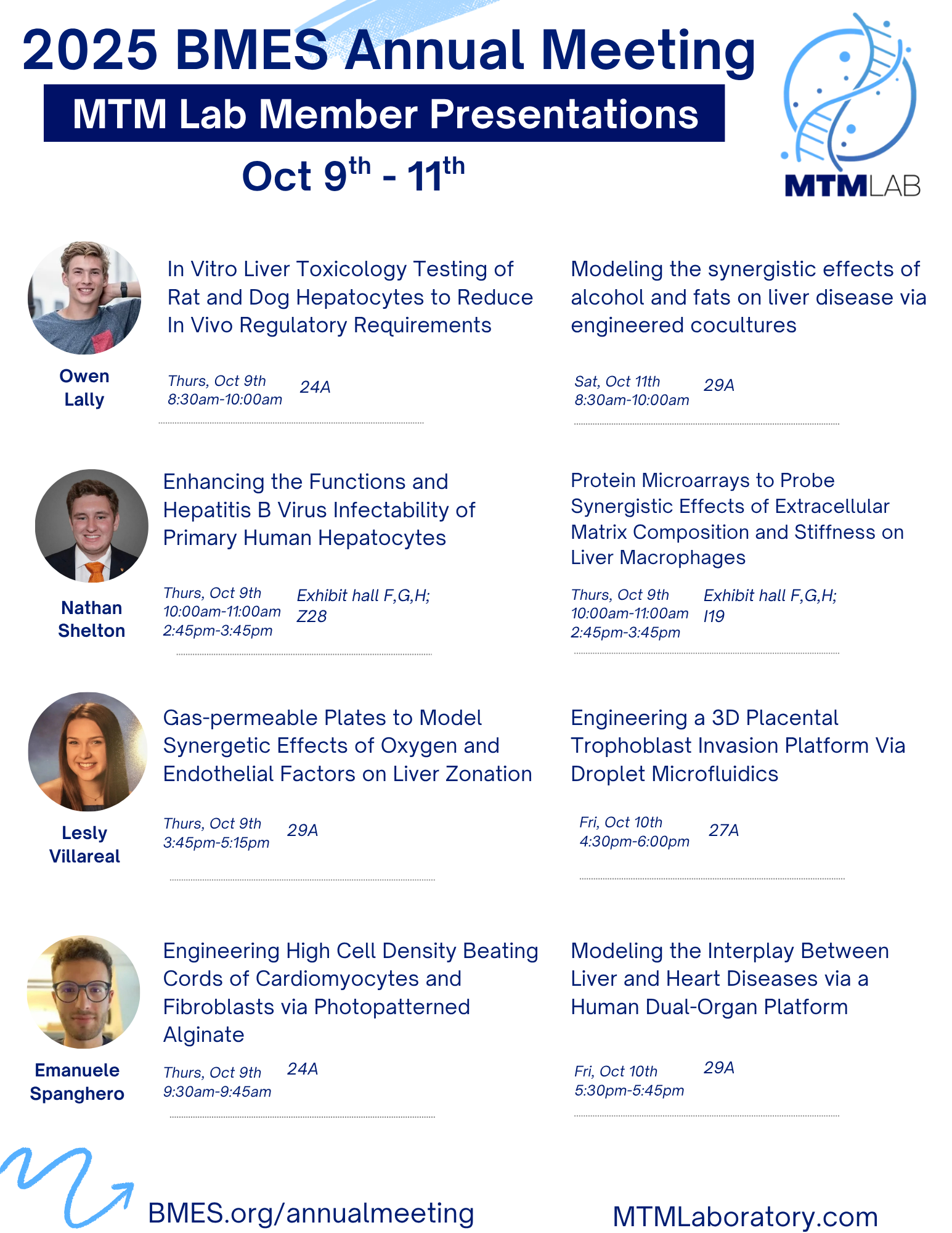The Liver: An Overlooked Organ with Critical Functions for Maintaining Health
The liver is an indispensable organ with multiple critical functions that are vital for maintaining health. Its role impacts nearly every aspect of the body's metabolism and essential physiological processes.
Metabolism and Energy Production
The liver plays a central role in metabolism by managing energy production from nutrients. It regulates the balance and production of glucose, converting excess glucose into glycogen for storage, and releasing it into the bloodstream to keep energy levels steady.
Bile Production and Digestion
Bile production is another pivotal function. The liver produces bile, which is essential for digestion, especially in breaking down fats. Stored in the gallbladder, bile is then released into ducts within the small intestine when needed.
Detoxification and Waste Removal
Responsible for detoxification, the liver filters toxins from the blood, including alcohol, and expels them from the body. The organ's capability to neutralize harmful substances is crucial for preventing damage to other tissues and organs.
Protein Synthesis and Blood Clotting
The liver is essential for synthesizing various proteins required by the body, such as albumin. It also plays a key role in blood clotting, producing factors necessary for clot formation and utilizing vitamin K to create proteins that help in this process.
Storage of Vitamins and Minerals
This organ serves as a storage site for important vitamins and minerals, including iron and copper. The liver helps in storing vitamins A, D, E, K, and B12, and releases them as needed to sustain various body functions.
Regeneration and Healing
The liver has a remarkable ability to regenerate after injury, which ensures its continued function even after significant tissue loss. This ability is key to its resilience and is unique among the body's organs.
Immune Function and Disease Prevention
Lastly, the liver aids in immune function and disease prevention. It houses Kupffer cells, which are specialized cells that engulf potential threats like bacteria in the blood, helping to maintain overall health and prevent infections.



